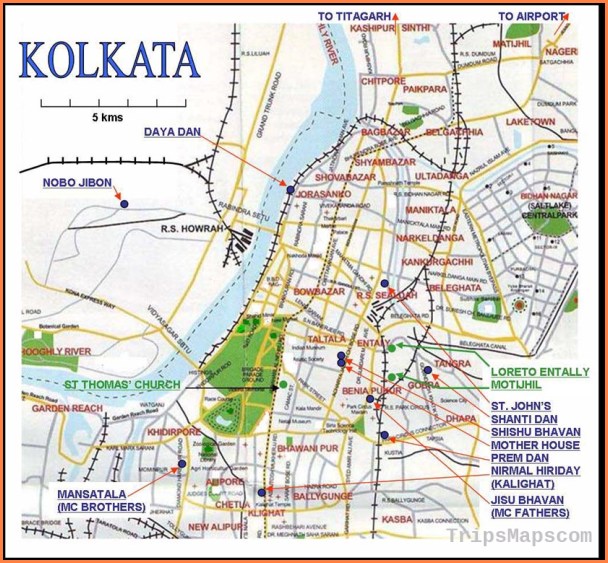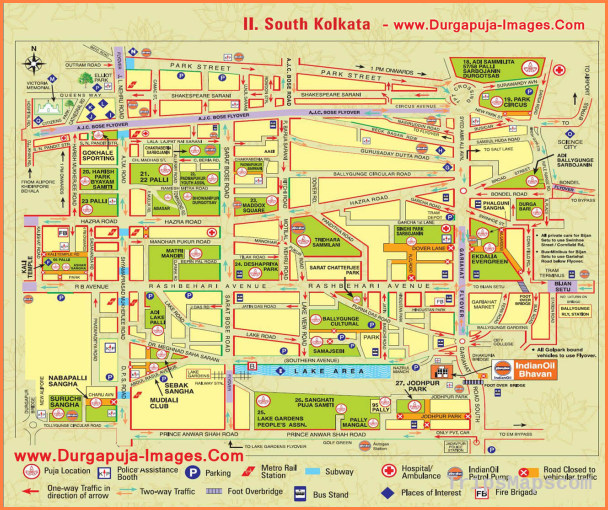Diabetics know how critical it is to match activity levels and sugar intake to each other and to insulin dosage. They are well aware of what items they need to safely monitor and manage their sugar levels. This process is considerably easier when the patient is in his or her daily routine, but travel complicates it in several ways. Reviewing these particular complications prior to embarking on a trip can make the diabetic’s journey away from home almost as simple as anyone else’s.
Variable Activity Levels
A diabetic’s routine at home is reasonably consistent. But during time away from home, exercise rates are not predictable. Today you may decide to take a bus tour of the Italian countryside, while tomorrow you may be scaling dozens of steps in Cinque Terre. And even the patient who knows exact plans is still embarking with some uncertainty of the exact amount of exertion to be experienced. We know we’ll be walking, but how far? Diabetics need to be sure to pack a few food items in case overexertion causes sugar levels to drop, and they should test regularly to make sure the opposite doesn’t take place either.
Unpredictable Eating Patterns
In addition, the day’s food consumption is also very difficult to anticipate. Browsing from shop to shop tasting produce, meats, and wines is a wonderful way to experience a city’s cuisine, but open-air markets don’t have the nutritional information that commercial items back home must supply. (A tip: Smartphones can be a helpful partner in these situations.) Again, it’s critical to test frequently during these activities to make sure that an unhealthy glucose swing doesn’t take place, and to bring along dosing supplies to counteract them.
Availability of Supplies
Successful management of the above factors hinges entirely on the patient’s access to testing equipment and medication. Diabetics are typically very savvy with preparations for daily activities, including time spent on the road. But international travel in particular can make the process of acquiring insulin very difficult. Diabetics should be very careful to calculate expected needs for testing strips, syringes, insulin, and even batteries for blood glucose meters to make sure it won’t be necessary to scramble through an unfamiliar city trying to find these items mid-trip.
Ancillary Items
Speaking of scrambling through cities, diabetics who are experiencing problems with their feet should make sure to pack adequate shoes. A few hours of poor protection could lead to a blister that has long-term consequences, or even just discomfort that makes the day less enjoyable. Additionally, it’s a good idea to wear diabetic medical bracelets and to add an adhesive label with the appropriate translation(s) of diabetic printed on it. This will speed diagnosis and treatment when companions can’t explain to medical personnel what the problem is.
Diabetes is an unrelenting condition. Its patients require constant vigilance and good advance planning. As long as a diabetic plans a travel itinerary and make provisions to keep glucose levels properly regulated, there’s no reason a trip to almost any destination is impossible.













